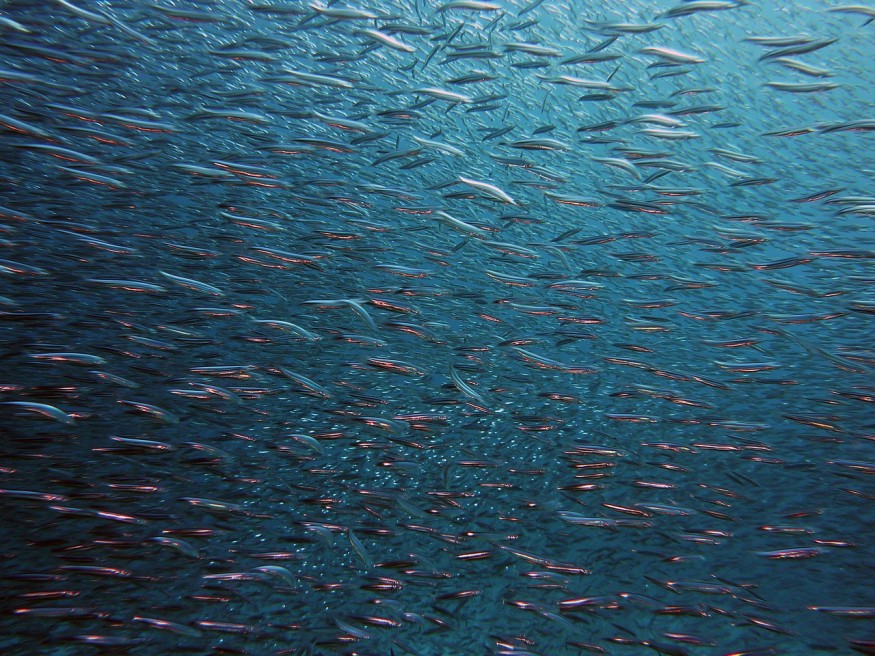"Tequila splitfin," or scientifically known as Zoogoneticus tequila, was a small fish that swam in a river in the western parts of Mexico before. But their population slowly dwindled until they went extinct about 20 years ago during the 1990s.
Now, scientists have reported successfully reintroducing the species to their native habitat after they achieve the return of a species extinct in nature. These fish were conserved in captivity but are now reintroduced in the wild. The program's success is intertwined with the community's identity and has become famous internationally.

Mexican Fish Going Extinct
The small Mexican freshwater fish that only measures 8cm long are endemic to the Teuchitlan Springs in the upper Ameca river in the river basin of Mexico, according to the Blue Planet Aquarium. They typically live in lakes, tributaries, and freshwater springs.
The fish were discovered in 1955 in a small lake near the Tequila volcano, hence the name tequila splitfin. The lake was only 1.3 meters deep and had a diameter of just 8meters. They were officially classified as their species in 1998.
However, it was also the same time when experts were unsuccessful in seeing them in their natural habitat. Omar Dominguez and about half of the students began to worry when they knew that the fish that could fit into the palm was only seen in the Teuchitlan river and had vanished from local waters due to human activities, pollution, and the introduction of non-native species.
Then around 2001, scientists were able to find a small population with a handful of adults in a small lake. But like other fish populations, they eventually went extinct in 2013. The use of pesticides due to agricultural pollution is identified as one of the main culprits of the extinction of tequila splitfin.
Conservation and Reintroduction of Tequila Splitfin to the Wild
According to Phys.org, conservation at the Chester Zoo in England and other European institutes set up a conserving laboratory for the Mexican fish in 1998. They brought several pairs of tequila splitfin from collectors who had them in their aquariums.
They started reproducing after several years until they made an artificial pond for semi-captivity in 2012, where they put 40 pairs. Then in 2016, the team was able to record an estimated 10,000 tequila splitfin fish in captivity in Chester Zoo and the US and the United Arab Emirates, and some organizations from Europe.
Beauval Nature reported that conservationists have been working towards the conservation of tequila splitfin even as early as 1998 by acting laws that allow the breeding and maintaining captivity of several freshwater species. With the numbers growing steadily, experts are now confident in reintroducing them to the wild.
But before that, they first checked parasites, microorganisms in the water, and natural predators to ensure their survival in the wild. In 2015, conservationists started a reintroduction program in their natural habitats rich in oxygen and freshwater spring. Years of patience have resulted in successful reintroducing the species and improved the ecosystem as the Mexican fish also help control the population of dengue-carrying mosquitoes.
Check out more news and information on Fish in Science Times.











